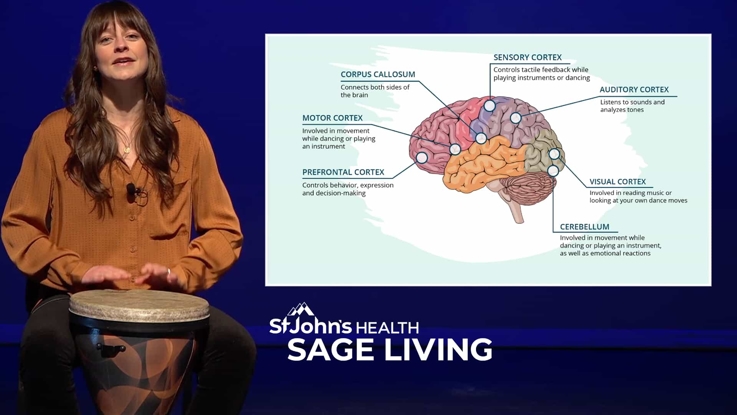Module 2 - Connecting to Body Wisdom (20 Minutes)
20 Minute Body Scan- Category: Foundations of Meditation

About this Video
This is a mindfulness meditation that trains a new way of relating to sensations in the body with openness and interest. This practice invites you to notice and name sensation as just sensation, without building stories about sensations that increase reactivity or suffering. Over time, as you bring attention to the range of pleasant, unpleasant and neutral sensations available in the body, you gradually widen your capacity to be with difficult experiences without clinging or resisting. You may even experience the body as a resource or a refuge in times of stress or difficulty. Additionally, awareness of subtle body sensations (called interoception) provides information about your energy level, state of mind, emotion signals, or how your body is doing. Paying attention with mindfulness can help to strengthen your relationship with your body in ways that support healing.
Tips:
In this practice you are not trying to feel calm or to relax the body. Trying to make your experience something other than it is can actually add tension. With mindfulness practice, you are asked to notice your experience exactly as it is right now – noticing and naming sensations that you feel, as a way to return to your sense experience and place your attention on something other than distracting thoughts. Over time, you may find a place in the body that consistently has neutral sensation (it doesn’t evoke a strong emotion or physical reaction). This neutral point of focus in the body (the breath, an earlobe, the feet) can become a resource that you bring with you, no matter where you are. That neutral focal point is a place to anchor attention away from anxious or unhelpful thoughts and stabilize the mind. Thoughts will continue to show up and each time they do, gently, yet with discipline, redirect attention back to feeling the body.
Placing attention on the body in moments of pain or difficulty can at times be challenging or overwhelming. Whenever you pay attention to sensations of the body or the breath, it is important that you stay within your “Window of Tolerance” (see Intro Module). If you ever feel like the sensations in the body are overwhelming or distracting, leading you to freeze and zone out or increasing feelings of fight or flight, you might instead anchor attention on something that you see in front of you, the experience of listening to sounds, or begin to move and notice the experience of feeling the body with movement. You are encouraged to use any of these modifications or any others that allow you to keep attention on your present experience. You might even stop the practice altogether, so that you can bring yourself back into your “Window”. If a particular meditation continues to push you out of your “Window of Tolerance” then you may wish to discontinue that practice for now and reach out to your social worker or meditation teacher for guidance.
Emotions can be connected to sensations in the body. You might continue to practice beyond this guided recording and throughout your day by stopping periodically to check-in and notice if you feel any sensations that are connected to an emotion.
Journal Reflection Questions:
Pair meditation with reflection. Following each guided meditation, record your responses to the following questions or anything else that comes to mind.
When in your life would it be useful to pay attention to your senses instead of paying attention to unhelpful thoughts?
What are the messages that your body is telling you (in the form of sensation, emotion or anything else)?
How did you work with any physical discomfort or the desire to move?



